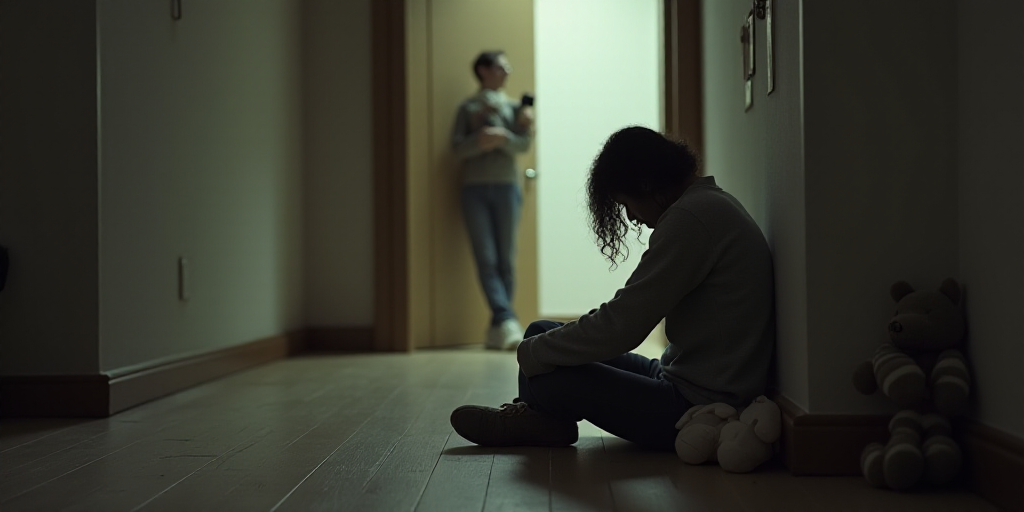Introduction to the WHO Report on Child Physical Punishment
The World Health Organization (WHO) has released a report stating that approximately 1.2 billion children aged between 0 and 18 years experience physical punishment at home each year. This practice results in “significant harm” to the health and development of children, although its prevalence varies considerably across countries.
Prevalence of Physical Punishment Across Countries
According to the report, among children aged 2 to 14 years, parental and caregiver-reported rates of physical punishment in the past month range from 30% in Kazakhstan and Ukraine to 64% in Serbia, Sierra Leone, and Togo.
WHO’s Stance on Physical Punishment
Etienne Krug, Director of WHO’s Department of Health Systems and Policy, emphasized that “there is overwhelming scientific evidence that physical punishment carries multiple risks for child health.” He further stated, “It offers no benefits for children’s behavior, development, or well-being, nor for parents or society.” Krug called for an end to this harmful practice to ensure the holistic development of children at home and school.
Severity and Consequences of Physical Punishment
Data from 58 countries indicate that 17% of children who experienced physical punishment last month were subjected to the most severe forms, such as hitting on the head, face, or ears, or strong and repeated blows.
Physical punishment is equally widespread in schools, particularly in Africa and Central America, where 70% of children are subjected to this practice during their school years compared to 25% in the Western Pacific region.
Vulnerable Children and Social Factors
The report highlights that children with disabilities, those whose parents experienced punishment as children, and those with parents suffering from substance abuse issues, depression, or other mental health problems are at a higher risk of experiencing physical punishment.
Social factors such as poverty, racism, and discrimination further increase the likelihood of children facing physical punishment. These consequences have “deep and far-reaching” impacts on their health.
Health and Mental Health Impacts
Physically, these punishments can trigger harmful biological responses, such as increased stress hormone reactivity or changes in brain structure and function, which can impede healthy development.
An analysis of 49 low- and middle-income countries shows that children exposed to physical punishment have a 24% lower chance of achieving normal development compared to their peers who do not experience such practices.
Mental health is equally affected, with increased risks of anxiety, depression, low self-esteem, and emotional instability. These effects often persist into adulthood, leading to higher rates of substance abuse and even suicidal thoughts, attempts, or completion.
Social Consequences
Socially, physical punishment can lead to increased aggression, academic difficulties, and, in adulthood, participation in violent, antisocial, or criminal behaviors.
Moreover, it fosters a greater societal acceptance of violence, perpetuating harmful cycles across generations.
Call for Comprehensive Approach
Although many countries have banned physical punishment, its continued use and the persistent belief in its necessity demonstrate that legislation alone is insufficient. WHO stresses the importance of complementing legal measures with public awareness campaigns and direct support for parents, caregivers, and educators to promote positive, non-violent discipline methods.
Key Questions and Answers
- What does the WHO report reveal about child physical punishment? The report states that 1.2 billion children are subjected to physical punishment annually, causing significant harm to their health and development.
- How does the prevalence of physical punishment vary across countries? The prevalence varies considerably, with rates ranging from 30% in Kazakhstan and Ukraine to 64% in Serbia, Sierra Leone, and Togo.
- What are the consequences of physical punishment on children’s health and development? Physical punishment can lead to harmful biological responses, reduced chances of normal development, and increased risks of mental health issues that persist into adulthood.
- Which children are at a higher risk of experiencing physical punishment? Children with disabilities, those whose parents experienced punishment as children, and those with parents suffering from substance abuse issues, depression, or other mental health problems are at a higher risk.
- What are the social consequences of physical punishment? Physical punishment can lead to increased aggression, academic difficulties, and violent behaviors in adulthood. It also fosters societal acceptance of violence, perpetuating harmful cycles across generations.
- What does WHO recommend to address this issue? WHO recommends complementing legal measures with public awareness campaigns and direct support for parents, caregivers, and educators to promote positive, non-violent discipline methods.






